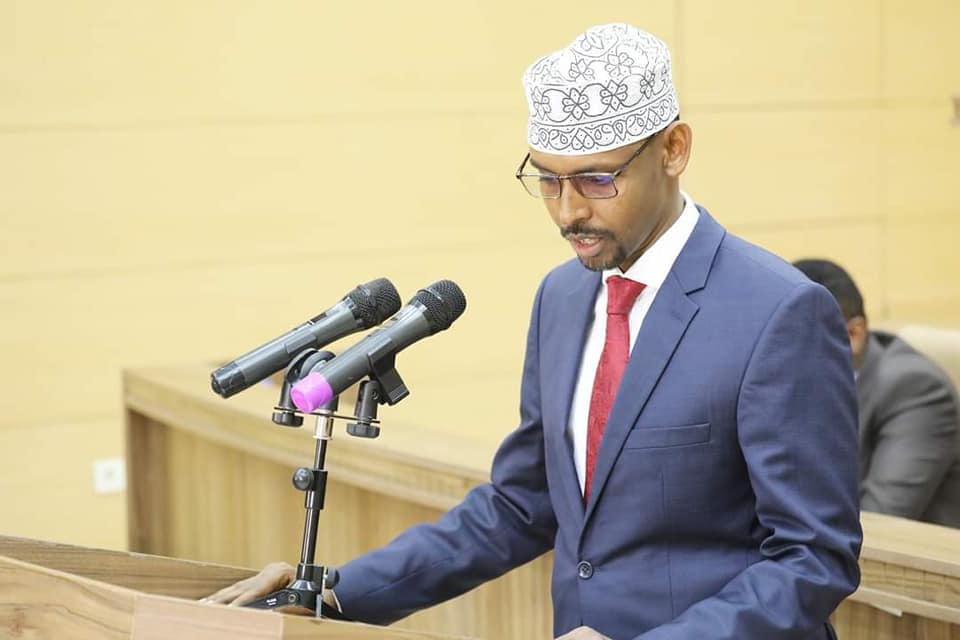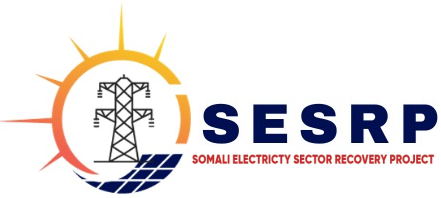Energy Sector Outlook
The Federal Government of Somalia, Ministry of energy and water resources has the mandate to oversee the Somalia Energy sector, sets policies, strategic frameworks, approve tariffs for the electricity services and build the technical capacity of electricity service providers in Somalia in consultation with stakeholders through open and transparent processes.
Energy is considered a top priority for Somalia’s modernization and poverty reduction by accessing modern energy carriers. FGS is undertaking energy market regulatory reforms to:
- Improve efficiency of generation and supply systems
- Improve reliability of supply and bring down energy prices
- Increase the energy supply from both renewable and fossil fuel sources, and as result increase access to energy from 15% to 45% of the population by 2024; or 6% growth in access per year

Government Priority on Energy Sector
The Government of Somalia has prioritized the development of an energy policy, strategy, and regulatory framework as well as to implement electricity sector recovery and Electricity supply industry. It is also exploring the possibility for technically viable cross-border energy trade with neighboring countries.
Sector Priorities
- Implementation of the power master plan – 20yrs
- Adaptation of the Electricity supply industry (ESI) – 2040
- Policies and regulations
- National energy policy
- Electricity act
- National Electricity Authority
- Tariff regulations
- Licenses regulation
- Codes (transmission and distribution)
- Regional interconnections
- Construction for sub-transmission and rehabilitation of the existing distribution networks
- Harmonization of the private and public electricity sector
Energy Potential In Somalia
Somalia has a high potential for wind and solar energy. According to a study by the African Development Bank, Somalia has the highest resource potential of any African nation for onshore wind power and could generate between 30,000 to 45,000 MW. Solar power could potentially generate an excess of 2,000 kWh/m2. Only an estimated 16% of the population has access to electricity1. The city of Garowe in Punland has been fed since 2016 by a 3.5 MW hybrid wind and solar power plant that recently increased to 5.9 MW to provide its 50,000 inhabitants with more than 90% of its electricity demands4.
Somalia Developed a Power Master Plan
Somalia has produced and is implementing a Power Master Plan which outlines strategies to increase energy production, increase the supply of renewable energy, and for government to establish regulatory authorities and a legislative framework to improve market efficiency. It is estimated that the country can provide itself completely with self-produced energy in the long run.
Throughout the years of instability, the energy sector has been unable to meet the latent demand and provide stable and affordable access for most of the population, contributing to inadequate social indicators, and hindering economic growth.
Main Players of Energy Sector
Most of the electricity currently provided and used in Somalia is produced and delivered by independent vertically integrated Electricity Services Providers (ESPs), who own their generation and distribution networks. Most ESPs are unique to urban centres, yet some have operations established in several urban centers in the main cities of Somalia. In Mogadishu, the installed capacity is about 43 MW, of which +10.5 MW are solar. Their tariffs range from US$0.30 to US$0.65, depending on consumption. While the rest of the country’s tariff prices in between $0.59 – $1.
Long-term sector Vision
Establish a legal and regulatory framework and activate the role of the regulatory authority and create a favorable environment for enhancing public private dialogue and build on the work conducted so far by electricity service providers in Somalia
